The American Society for Nanomedicine (ASNM) is holding its second annual conference on October 14-16, 2010 in the Washington, D.C. area, where some of the biggest stakeholders in this emerging technology operate and practice.
Jul 22nd, 2010
Read more
A researcher has found ways to use magnetic resonance to capture rays of visible light and route them around objects, rendering those objects invisible to the human eye.
Jul 21st, 2010
Read more
Recently, academic debate has been swirling around the existence of unusual quantum mechanical effects in the most ubiquitous of phenomena, including photosynthesis, the process by which organisms convert light into chemical energy.
Jul 21st, 2010
Read more
Engineers at Oregon State University have made a significant advance toward producing electricity from sewage, by the use of new coatings on the anodes of microbial electrochemical cells that increased the electricity production about 20 times.
Jul 21st, 2010
Read more
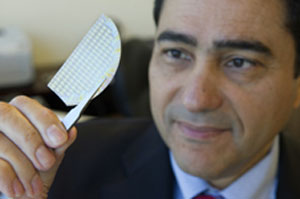 Northeastern University's Nanoscale Science and Engineering Center for High-rate Nanomanufacturing (CHN) has received a $2 million grant to help commercialize nanotechnology and put smaller, more energy efficient electronic devices in the hands of consumers more quickly.
Northeastern University's Nanoscale Science and Engineering Center for High-rate Nanomanufacturing (CHN) has received a $2 million grant to help commercialize nanotechnology and put smaller, more energy efficient electronic devices in the hands of consumers more quickly.
Jul 21st, 2010
Read more
 Scientists are reporting an in-depth validation of the discovery of the world's first mass producible, low-cost, organoclays for plastics. The powdered material, made from natural clay, would be a safer, more environmentally friendly replacement for the compound widely used to make plastics nanocomposites.
Scientists are reporting an in-depth validation of the discovery of the world's first mass producible, low-cost, organoclays for plastics. The powdered material, made from natural clay, would be a safer, more environmentally friendly replacement for the compound widely used to make plastics nanocomposites.
Jul 21st, 2010
Read more
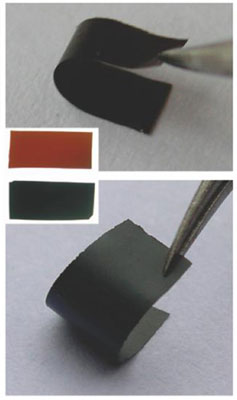 A new form of paper with the built-in ability to fight disease-causing bacteria could have applications that range from anti-bacterial bandages to food packaging that keeps food fresher longer to shoes that ward off foot odor.
A new form of paper with the built-in ability to fight disease-causing bacteria could have applications that range from anti-bacterial bandages to food packaging that keeps food fresher longer to shoes that ward off foot odor.
Jul 21st, 2010
Read more
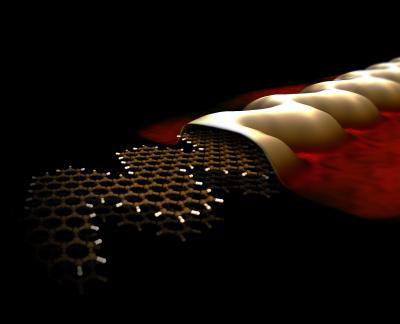 Scientists report how they have managed for the first time to grow graphene ribbons that are just a few nanometres wide using a simple surface-based chemical method. Graphene ribbons are considered to be hot candidates for future electronics applications as their properties can be adjusted through width and edge shape.
Scientists report how they have managed for the first time to grow graphene ribbons that are just a few nanometres wide using a simple surface-based chemical method. Graphene ribbons are considered to be hot candidates for future electronics applications as their properties can be adjusted through width and edge shape.
Jul 21st, 2010
Read more
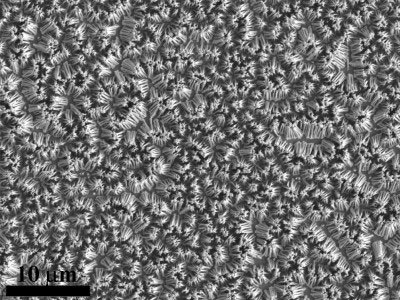 Researchers came up with a process simple enough to be achievable with a nine-volt battery. The researchers apply an electrical charge to the nanostructures during the manufacturing process, charging each tiny wire and making it repel its neighbor.
Researchers came up with a process simple enough to be achievable with a nine-volt battery. The researchers apply an electrical charge to the nanostructures during the manufacturing process, charging each tiny wire and making it repel its neighbor.
Jul 21st, 2010
Read more
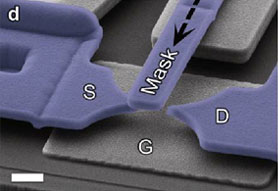 ETH Zurich researchers have built a transistor whose crucial element is a carbon nano-tube, suspended between two contacts, with outstanding electronic properties. A novel fabrication approach allowed the scientists to construct a transistor with no gate hysteresis. This opens up new ways to manufacture nano-sensors and components that consume particularly little energy.
ETH Zurich researchers have built a transistor whose crucial element is a carbon nano-tube, suspended between two contacts, with outstanding electronic properties. A novel fabrication approach allowed the scientists to construct a transistor with no gate hysteresis. This opens up new ways to manufacture nano-sensors and components that consume particularly little energy.
Jul 21st, 2010
Read more
Scientists from the Hebrew University of Jerusalem have succeeded in showing how it is possible to greatly expand the memory capacity of future computers through the use of memory units based on silica nanoparticles combined with protein molecules obtained from the poplar tree.
Jul 21st, 2010
Read more
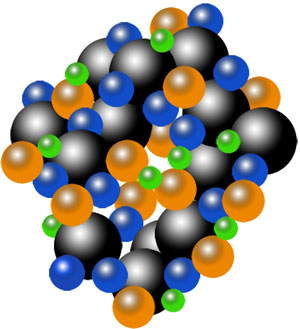 Neuer Mechanismus der Glasbildung entdeckt.
Neuer Mechanismus der Glasbildung entdeckt.
Jul 21st, 2010
Read more
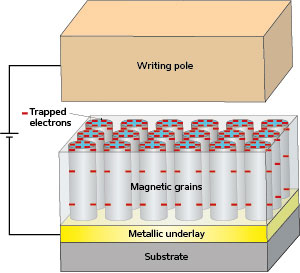 Electric fields can help magnetic hard drive heads write data, which may lead to higher storage densities.
Electric fields can help magnetic hard drive heads write data, which may lead to higher storage densities.
Jul 21st, 2010
Read more
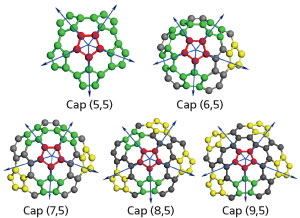 Reactions between carbon species and tube caps affect carbon nanotube growth and their ultimate electronic properties.
Reactions between carbon species and tube caps affect carbon nanotube growth and their ultimate electronic properties.
Jul 21st, 2010
Read more
The quest to come up with an artificial system organised like the biological nervous system promises to drive the future of humanoid robots and pave the way for a generation of supercomputers that can perform highly complex decision-making for gaming and defense technologies.
Jul 21st, 2010
Read more
The effort to interest young women in the fields of science and technology received a boost on July 20 through a partnership between the College of Nanoscale Science and Engineering (CNSE) of the University at Albany and the Children's Museum of Science and Technology (CMOST) that showcased the exciting world of nanotechnology.
Jul 21st, 2010
Read more










 Subscribe to our Nanotechnology News feed
Subscribe to our Nanotechnology News feed